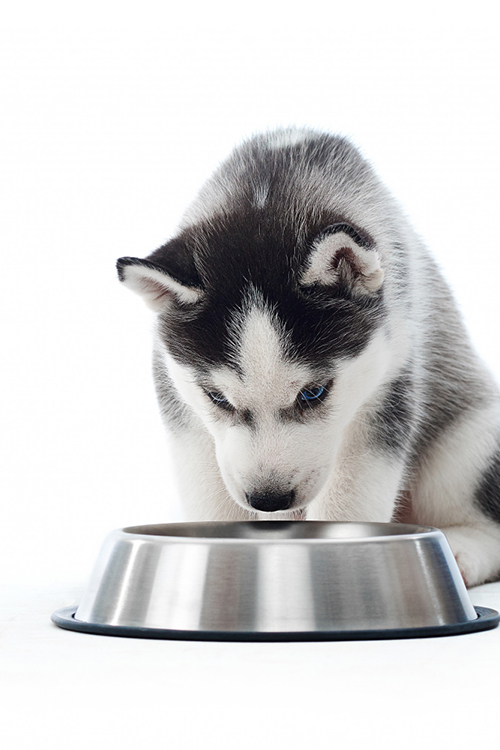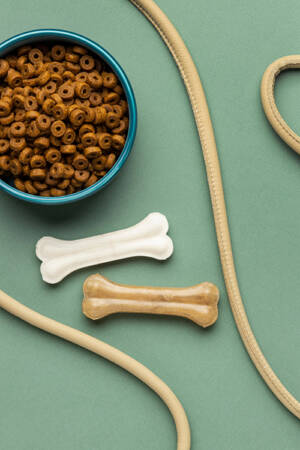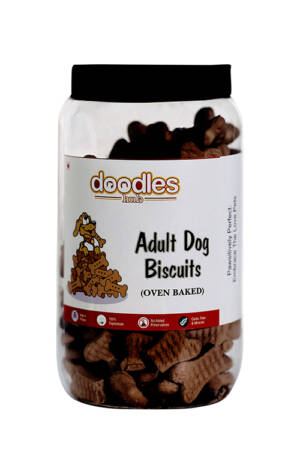Description
Materials: Feeding bowls are commonly made from different materials, including:
- Stainless Steel: Stainless steel bowls are durable, easy to clean, and resistant to rust, making them a popular choice for pet owners. They are also less likely to harbour bacteria.
- Ceramic: Ceramic bowls are available in various colors and designs, offering aesthetic appeal. They are heavy, which prevents pets from tipping them over easily, and they can be a good choice for dogs and cats.
- Plastic: Plastic bowls are lightweight and inexpensive. However, some pet owners prefer to avoid them due to the potential for harbouring bacteria in scratches and their propensity to tip over.
- Silicone: Silicone bowls are flexible, collapsible, and easy to clean, making them a great choice for travel or on-the-go feeding.
Sizes: Feeding bowls come in different sizes to accommodate the specific needs of your pet:
- Small Bowls: Designed for small dog breeds, cats, and other small pets.
- Medium Bowls: Suitable for medium-sized dogs and cats.
- Large Bowls: Designed for larger dog breeds and pets that require more food and water.
Features: Our feeding bowls come with additional features:
- Non-Slip Base: Bowls with non-slip bases help prevent spills and keep the bowl in place during mealtime.
- Elevated Bowls: Elevated or raised bowls can be easier on a pet’s neck and joints, making them a good choice for older or larger dogs.
- Automatic Feeders: These are electronic devices that dispense food at scheduled times, providing convenience for pet owners with busy schedules.
Selecting the right feeding bowl for your pet depends on their size, eating habits, and your personal preferences. It’s important to regularly clean and sanitize the bowls to ensure your pet’s health and hygiene. Additionally, consulting with your veterinarian can help you make informed choices about the most suitable feeding bowls for your specific pet.







Reviews
There are no reviews yet.